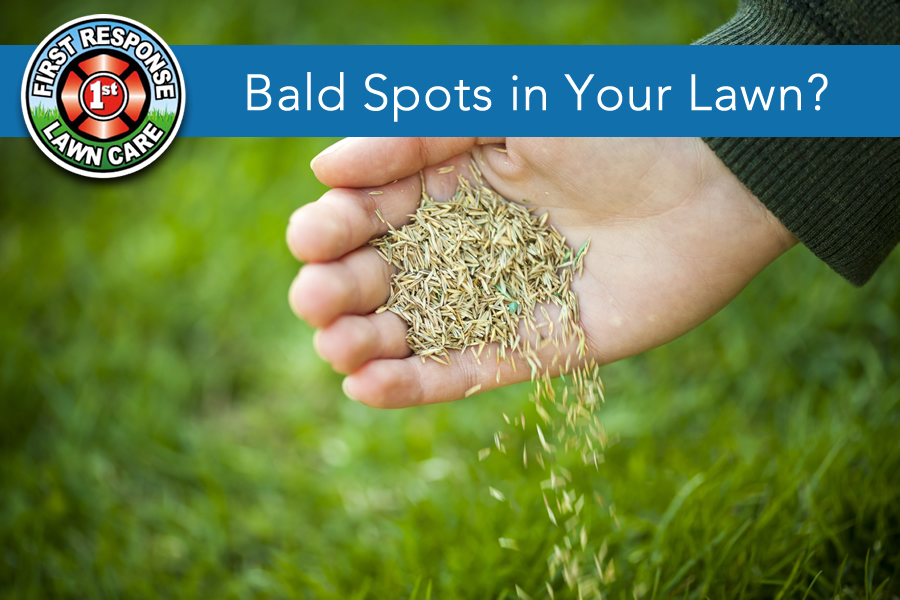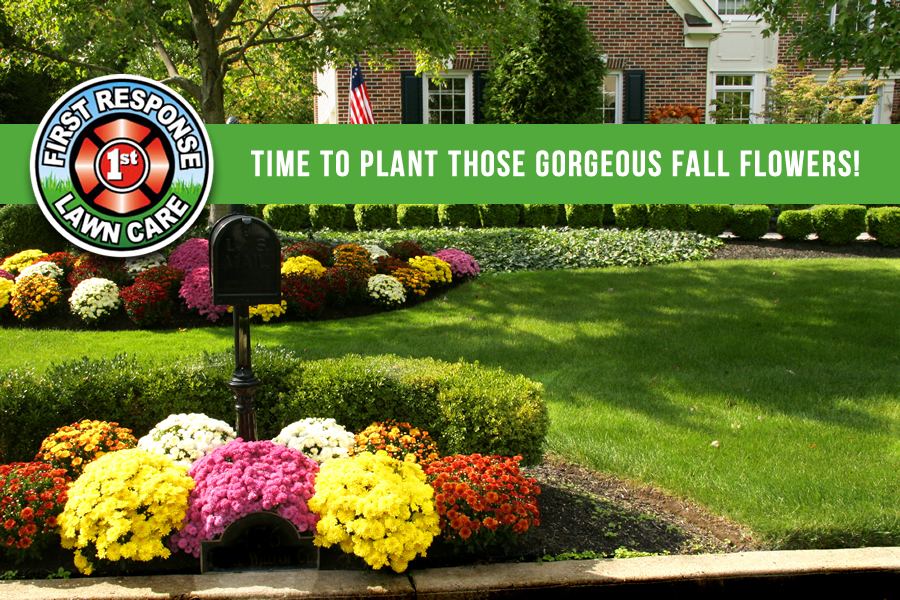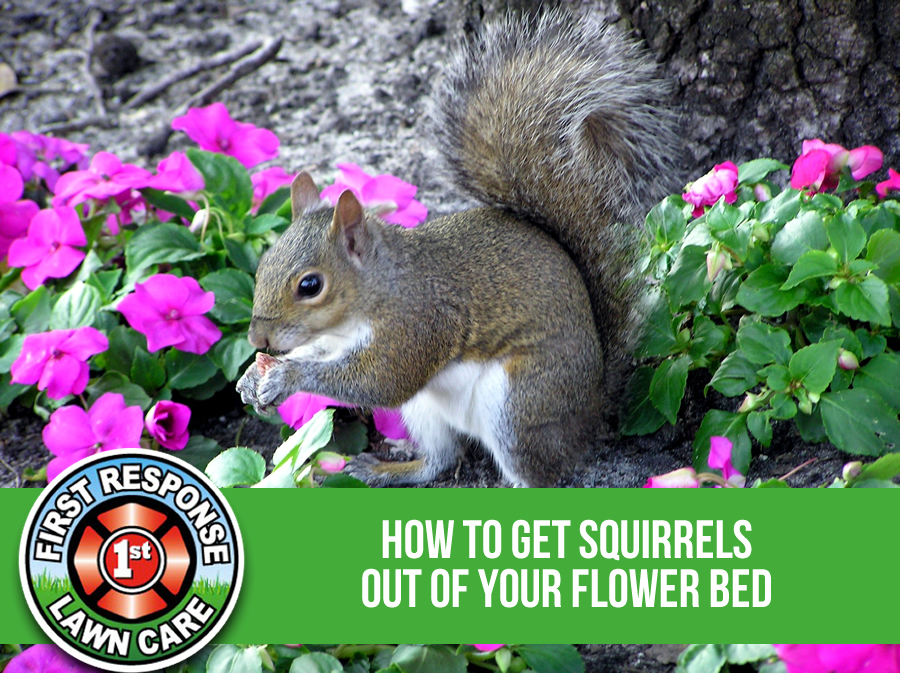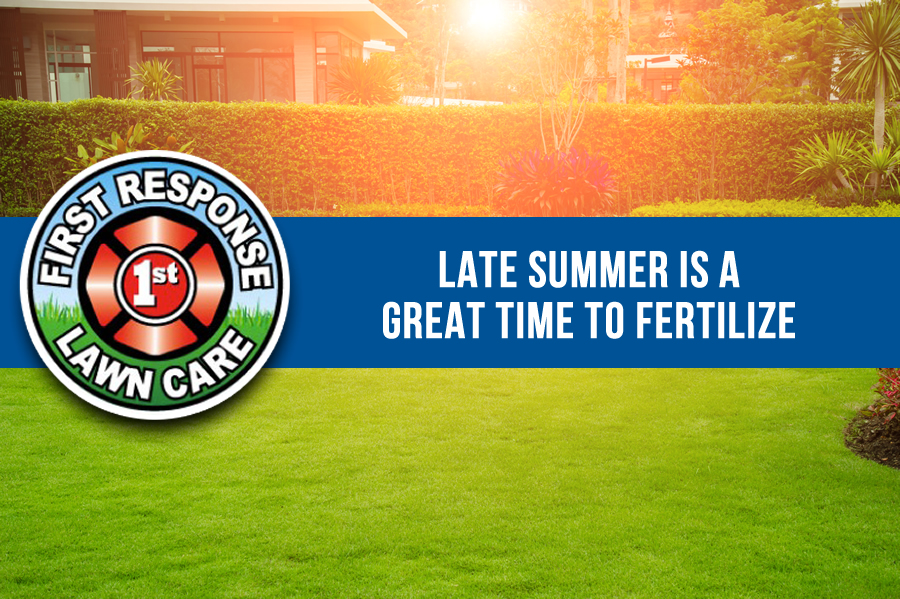
by admin | Sep 22, 2017 | Gardening Tips, Lawn Pests
You can find these pesky caterpillars feeding on your various garden plants like tomato, eggplant, pepper, and potato. Hornworms can be hard to spot because they blend in with the plant leaves. They literally look like a leaf in their coloring. If you see dark spots on your leaves, look underneath and you may find one of these buggers. If you don’t see them in time, they can take your plants down to a nub in a matter of days.
Factoids about Hornworms
All living creatures serve a purpose, so what’s the purpose of the pesky hornworm? Well, it matures into a beautiful sphinx moth that resembles a miniature hummingbird.
With that hook on one end, it sure looks like it might sting or bite, but nope. A hornworm’s horn doesn’t sting and is no threat to humans. If you poke one, you may be treated to a defensive response. The hornworm will rear up, looking as threatening as possible, and make loud clicking noises.
Wasps are a great ally in controlling hornworm populations. If you see a hornworm with what looks like grains of white rice stuck all over its back, it has been parasitized by a wasp. When the eggs hatch, the larvae will eat the hornworm. The wasps have a natural duty to keep the hornworms in check.
How to control Hornworms
Commercial and organic pesticides are available. Or you can pick them off your plant and transport them to another location. Remember, they do not bite or sting, and the worst thing that can happen is they will make a loud clicking sound.
As mentioned in our factoids, if you see the hornworm covered in white egg sacs that look like rice, leave that hornworm alone. The egg sacs are those parasitic wasps called the Braconid wasp. Let the eggs hatch. Then you’ll have an army of wasps to defend your garden against all types of pests. These wasps are not a threat to humans.
Preventing future Hornworms
Tilling your garden after your harvest and again in early spring, can kill the majority of the overwintering pests and reduce hornworm problems for the coming year.
If you need help with your lawn maintenance, call First Response Lawn Care today!

by admin | Sep 15, 2017 | Lawn Care 101
Do you have bald spots in your lawn? Before the turf can be treated, you need to determine the root, pardon the pun, of the problem. If you eliminate pests and fungus as causes, you may just find that you need some seeds.
Good seed-to-soil contact will get the seeds germinating fast. Using a sharp spade or shovel, cut the area around the dead turf. Then, use the flat part of the spade to lift off the dead turf. Because you are removing at least a couple of inches of thatch and grass, fill in the area with some clean topsoil to keep it level with the rest of the yard.
Rake out the area until it is smooth and there are no big clumps in the soil. Cast a thin layer of seeds on the area, and then gently rake the seeds into the topsoil. Cover it with straw to hold in moisture and protect the seeds from birds.
If your lawn seems thin all over, try overseeding it. The basics are the same as patching. Rake the area well, picking up any leaves and debris in the turf. Cast the seeds over the turf, and then spread about a half an inch of compost or topsoil on the lawn. To get good seed-to-soil contact, gently rake the seeds and soil into the grass.
If you don’t have time to patch your lawn, call a professional. First Response Lawn Care is here to help with your bald spots—on your lawn!

by admin | Sep 8, 2017 | Fall Flowers in Texas, Landscaping Rockwall
It’s not too early to start thinking about your Fall landscape. Now’s the time to decide on the best show of flowers for your yard. Let’s talk about a few choices you have for a beautiful display of Fall color –
Chrysanthemums (“Mums”)
Plant fall-blooming annual mums for seasonal color. Mums remind us of football and Halloween. These fall favorites ignite a landscape with blazing color. The first step is to buy the right kind of mums. Not all garden mums are created equal in terms of surviving winter cold. When buying garden mums, look for tags that say hardy mums or garden mums, as opposed to the less hardy florist mums or cutting mums.
The best time to plant fall purchased garden mums is the minute you buy them, which should be as soon as you see them for sale. Early planting—even as early as September —helps plants develop a strong root system. Plant garden mums too late, and winter freeze-thaw cycles can shove plants out of soil, a condition known as frost heave. Without early planting to permit strong root growth, shallow rooted garden mums don’t really stand a chance.
After planting garden mums, don’t forget to water throughout fall. It’s also wise to add mulch at planting time over plant roots. Once soil freezes, add another mulch layer around the base of garden mums to help insulate soil and prevent frost heave.
Marigolds
Marigolds come in a variety of warm colors. Other than mums, there aren’t many plants that give exceptional fall color. Factoid: African marigolds planted in fall will out-bloom any chrysanthemum.
The best time to plant marigolds in the garden is during the first few weeks of September. Even though they are often thought of as a spring through summer flower, they really perform much better from late summer up until first frost. You can use them to fill holes in your borders, add color to your fall display, and to mass plant. Tip: Plant marigolds around your Fall vegetable garden to deter insects because of their strong fragrance.
To ensure success with marigolds, establish your beds with good soil prep and proper drainage, and always hand-water the first several weeks to allow roots to establish. Don’t give marigolds any shade at all. Do not over water or give them less than full, blasting Texas sun.
Zinnias
Plant some dwarf (low growing) or giant (reach up to 4′ tall) zinnias for a vibrant bright display of color. Zinnias are annuals, so they grow for one season and make great cutting flowers, but do not come back in subsequent years.
Usually, fall zinnias of all types begin showing up in Texas garden centers in September. They need full sunlight for a half day or more, and will thrive as long as they have moderate water and are planted in a well-drained soil.
Zinnias are one of the easiest annuals to grow. Outstanding in beds, borders, and containers, and they attract butterflies to your garden.
Let us know your favorite Texas Fall flower! And if you need help planting, call First Response Lawn Care today at (214) 701-7622!

by admin | Sep 1, 2017 | Lawn Pests
Are you fed up with squirrels digging in your potted plants or eating your flowers? We are hearing more and more customer complaints about the battle between gardener and squirrel. Squirrels can cause a lot of damage in potted plants and the garden, and we know many of you have gone out to tend to your carefully planted containers only to find chaos, with pots knocked over, bulbs gone, and plants and flowers uprooted. On investigation of the remaining soil in the pot you may have found buried whole nuts or shells. The squirrels from H-E-double hockey sticks have visited….
How to stop squirrels from digging
Here are a few tricks to stop these pests from becoming a serious nuisance. These work best with container gardening but they can also be applied directly to small areas of your garden beds.
The most obvious way to stop squirrels in their tracks is to put physical barriers in their way. One of the most commonly used tricks to keep squirrels out of potted plants is to put something in the pots that the squirrels won’t like. We aren’t encouraging poisoning or harming the critters, just keeping them away from your potted plants and garden. Here are our top 7 ways to deter squirrels –
- Try covering the surface of the pot with attractive rocks and stones. The squirrels won’t be able to budge them and yet they’ll enhance the appearance of your garden containers.
- Try laying chicken wire just under the top level of soil when planting bulbs to prevent squirrels from digging them out. Remove it when shoots appear.
- Mix in fresh, strong smelling coffee grounds with the top layer of soil. The odor is repellent to squirrels but does them no harm.
- Or make your own hot pepper spray. You can make pepper spray by combining a couple of teaspoons of washing up liquid with a small bottle of hot pepper sauce and water. Put it into a plastic spray bottle to apply. Commercial pepper sprays are also available specifically for keeping squirrels away from plants and gardens. If you don’t want to actually spray your plants, sprinkle hot red pepper flakes or powder in the soil around the plants to keep squirrels away. Of course you’ll need to repeat this regularly, especially after each time it rains. They do not like the spiciness at all and they will avoid any area that has been treated. You can make pepper spray by combining a couple of teaspoons of washing up liquid with a small bottle of hot pepper sauce and water. Put it into a plastic spray bottle to apply. Commercial pepper sprays are also available specifically for keeping squirrels away from plants and gardens. If you don’t want to actually spray your plants, sprinkle hot red pepper flakes or powder in the soil around the plants to keep squirrels away. Of course you’ll need to repeat this regularly, especially after each time it rains.
- Bone meal is also repulsive to squirrels. It is a natural fertilizer high in nitrogen and ammonia, and has a strong scent that deters squirrels. The added bonus is that you will be adding nitrogen to your soil at the same time!
- There are organic products on the market with non-toxic repellents such as Nature’s Defense.. It is safe to use around children, pets, plants and food crops.
- Ultrasonic technology is also available and very affordable like this Solar Yard Guard Ultrasonic Animal Repeller from Target.
Squirrel repellent can be a valuable tool when you are trying to protect your bulbs, flowers and plants. Squirrels are tenacious and we know this is an on-going battle, but hopefully one of the above tricks will work for you.
First Response Lawn Care is here for you. If you need any help with lawn maintenance or just want to talk about squirrels, give us a call at 214-

by admin | Aug 25, 2017 | Herbicides, Lawn Care 101, Texas Summer Lawn Care Tips
Hey North Texas, late summer is a great time to fertilize your lawn. Summer is tough on grass. Heat, drought, foot traffic, and insects stress it out to the max. Feeding your lawn in the late summer protects and strengthens it against these problems.
Lawns in warm-season grass areas should be fed over the summer months as they grow steadily from spring to fall. If you see insects in your grass, it’s time to also incorporate insect control.
In the late summer and early fall, root growth begins again because of the decrease in soil temperature and increase in natural rainfall. The grass will green up again with the production of new roots and shoots and damaged patches will start to disappear. Fertilizing at this time will provide the nutrients the grass needs to recover and re-grow rapidly.
The fertilizer you apply in the late summer will be used up by the plant to grow shoots and roots, rather than being stored in plant tissue for use in the future.
Proper fertilization can keep your grass thick and healthy. This helps the lawn resist insects and diseases and makes it harder for weeds to grow. Fertilizers release minerals and nutrients in a “slow release” form. Clients ask us all of the time if it’s too late to make their lawn better and we say it’s never too late with a good routine of weeding, feeding and aerating.
With the fertilization in late Summer, you’ll see improvement in color, growth and health of your lawn.
If you aren’t on a regular schedule to feed your lawn, call First Response Lawn Care today and let’s get started on a plan for your lawn!





